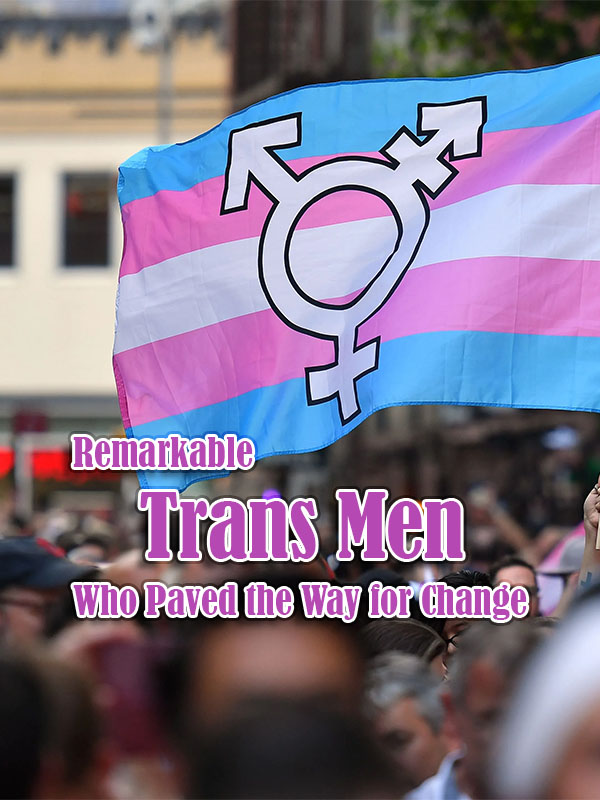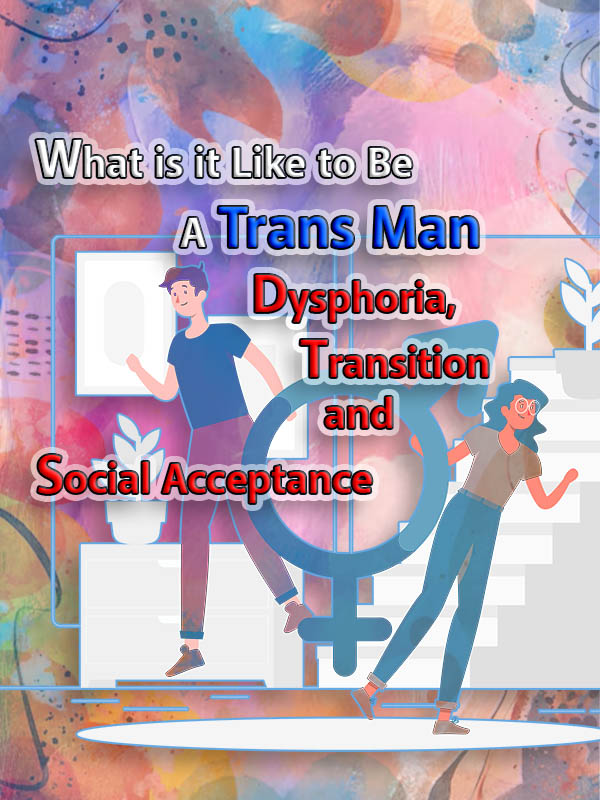What’s the Difference Between Trans Man and Transmasculine?

Many people confuse what a Transman and being Trans masculine means. Understandably, there are too many Trans lexicons in the Trans community, which can be confusing. However, knowing the difference stems from how one gender identifies the self and how one gender expresses the self.
A Transman is a female assigned at birth who identifies and expresses the self as male. A transmasculine, on the other hand, may be non-binary, such as a queer, but who leans more toward masculine tendencies. In this case, a Transmasculine can transition to be more masculine but not identify as a male. They are fluid in their identity. On the other hand, the goal of a Transman is to identify and express the self as male.
Take pride in knowing everything Trans masculine and Trans altogether by diving into this read specifically curated to show the differences between a transman and a trans masculine.
What Is a Trans Man
If you are a transman, you were assigned female at birth. However, you have the male gender identity. To be a trans man to your liking, you may need to undergo medical and social transition.
Understanding Transman Identity

● Binary Gender Identity
Binary gender identity refers to the phenomenon of only two genders, male and female. Hence as a transman, you may have identified as female based on your gender assigned at birth.
However, since your true identity is masculine, you also embody the maleness that comes with your Trans identity.
● Transition Process
Once you know your gender identity as a transman, some changes have to take place to integrate you into your maleness fully. Transition can entail social and medical transitions.
● Pronouns
Your friend Wendy may like to be referred to as ‘her’, while your other friend Pablo may prefer to be referred to as ‘him’.
In the same breath, as a Transman, you may choose to be referred to as ‘him’ or ‘his’. Your pronouns will help you identify as a transman in both professional and casual settings.
Importance of Personal Choice in the Transition Process
The importance of personal choice in the transition process is like everyone’s birthday; it is all different. A myriad of factors may affect the transition process, which makes it easier to include everyone they include;

Financial Factors
As a trans man, you may want to undergo the medical transition it takes to align your body to your identity. However, worth noting is that gender-affirming clinics that will specialize in providing you surgery may be expensive based on the type of transition that you want.
As a result, financial aspects are some of the main factors that make transitioning a personal choice
Emotional Factors
Remember that the anxiety and gender dysphoria that you feel as you transition will come in waves. You may feel it is harder on you than anyone else.
However, remember that what you think is valid. Whether you want to transition socially or medically, your emotional aura will determine your desired transition.
Social Factors
Some trans men delay the transition process as they feel no rush into it. Many others may find that the stigma and discrimination are too unbearable and choose to use packers.
Social factors such as work environment, school system, and peer interaction will determine how and when one decides to transition
Support
Many Transmen find that having support makes it easy to transition. Support from family and friends can be the driving force to help you undergo both social and medical transition.
What Is Transmasculine
Do you have masculine traits and tend to lean on the masculine side of yourself and other things? Well, chances are that you could be trans-masculine.

Trans masculine refers to being assigned female at birth when you identify as masculine but not necessarily male. For instance, non-binary, gender fluid, and genderqueer individuals are transmasculine.
Characteristics of Transmasculine Individuals
You will recognize transmasculine individuals with the following features
● Nonbinary or Fluid Identities
The conventional normalities of sexuality assert that there are two genders, male and female. However, transmasculine thrashes these stereotypes, suggesting that genders exist in fluid or non-binary forms.
For instance, gender non-conforming individuals can also identify as transmasculine.
● Expression of Masculinity
Expression of masculinity, such as through masculine dress codes and using male-affiliated language, is another defining characteristic of being trans-masculine.
Take pride in the huskiness of your voice. Be assertive, as in the masculine stance.
● Pronouns
A transmasculine will use any nonbinary pronoun. For instance, trans masculine lesbians can still use the pronouns ‘she’ or ‘he’. There are no specific pronouns that can confine you to being trans-masculine.
Emphasis on the Flexibility and Spectrum of Transmasculine Identities
While at it, it is essential to bear in mind that the flexibility and spectrum of trans-masculine identities are wide and varied. For instance, you can physically transition to a more masculine state without identifying as a male.
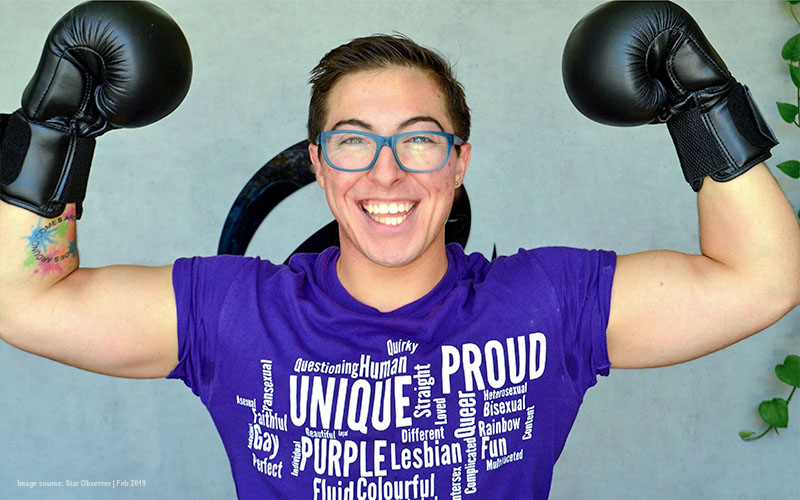
The societal view of trans masculinity is that it should border on male and female dynamics alone. The categorical implication is that many people feel left out to discover and align with their identity.
Being transmasculine teaches society that gender identity can be flexible with a spectrum of identities.
Critical Differences Between Trans Man and Transmasculine
Notice the following the differences between Transman and Transmasculine.
Gender Identity vs. Gender Expression

A transman will identify as male and express the physical attributes of what it takes to be a male. On the other hand, a transmasculine may identify as either male, female, or nonbinary and will not be confined to a gender identity.
However, transmasculine will express mannerisms, social cues, and appearance in a masculine way.
Transition Paths

A trans man may need to transition socially or medically to be able to relish what it takes to be male. The transition process may be extensive and invasive, such as surgery. However, a trans masculine need not have any transition paths if not needed.
Pronouns and Names

A transman would prefer to be referred to as ‘him’ or ‘his’ pronoun when it comes to identity markers. Transmen may use masculine guy names such as ‘Albert’ or ‘Steve’.
A transmasculine, on the other hand, is not confined to pronoun usage. A transmasculine may also have a female-sounding name, like Wendy.
Social Perception of Trans Men vs. Transmasculine.
The social perception of Transmen vs. Trans masculine men borders on the following;
Trans Men in Society
Most people would view trans men as ‘pseudo’ men because ‘they are biologically female.’ This is often a misconstrued view of what it means to be Trans.

As a result, many Transmen opt for transitioning as a way to navigate the stigma and discrimination of not aligning with one’s gender assigned at birth.
Transmasculine People in Society

Transmasculine men, on the other hand, also receive a bad rap about masculinity. As society has a linear way of describing what it means to be masculine, a femme with a bulge may not be the most accepted person in society.
Common Misunderstandings About Trans Men and Transmasculine
If you are Trans, chances are that you will encounter the following myths concerning Trans me and Trans masculine
Myth 1: All Transmasculine People Want to Become Men

The idea that all transmasculine people want to become men is false, as a nonbinary individual may enjoy the feeling of trans masculine but may not want to transition to be a man physically.
Myth 2: Trans Men and Transmasculine People Must Medically Transition

This is one of the bottom-of-the-barrel myths. A host of Transmen and Transmasculine people enjoy how the body is without the need to transition medically. Remember, being masculine is how you feel, not what your body owns.
Myth 3: Trans Men Share the Same Experiences as Cisgender Men

Trans men do not share the same experiences as cisgender men due to a host of cultural, social, and physical factors. For instance, Transmen experience more stigma and discrimination from intimate partners for not having a penis.
Clarified truths behind these myths and emphasized the diversity of experiences.
Gender identity and gender expression are distinct. As a result, Trans men, transmasculine individuals, and cisgender men will all have different experiences.
As Trans men may need to undergo transitioning, most transmasculine people are comfortable with their bodies as it is.

Also, just because heteronormative standards of gender identity state that cis-gender is the optimum, transmen and transmasculine need not have a transition to fit in.
The point is, Transmen and Trans masculine individuals are different, and it is the diversity that makes the Trans people under this umbrella beautiful in its own right.
Being a Good Ally to Trans Men and Transmasculine
Trans men and Trans masculine men need supportive allies who;
Use Correct Pronouns
Respecting each person’s pronouns and asking if one is unsure which pronoun to use is an excellent way to show a Trans man and a Transmasculine person that you care about their gender identity.
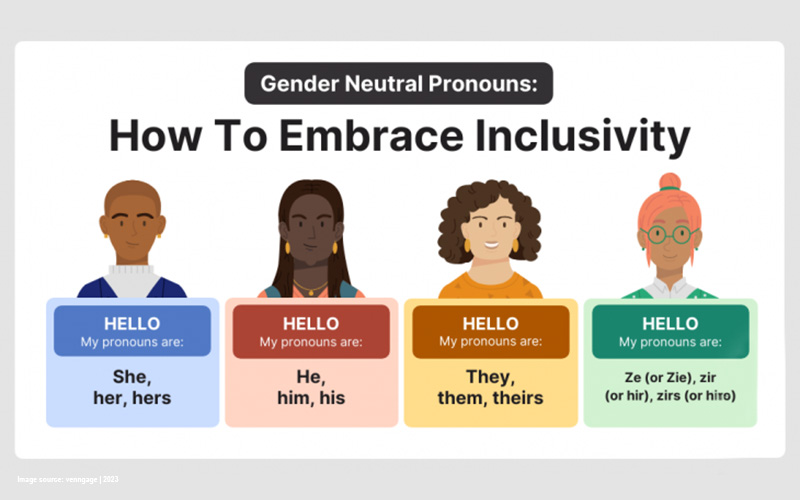
Taking time to learn and unlearn what pronouns are present to use is the purest form of love for Trans people.
Respect Identity and Expression
You may not like that someone is a trans man, but acknowledging the diversity within masculinity and nonbinary identities may show that you are a good ally.

You are admitting that there is no one-size-fits-all approach to masculinity, and nonbinary identity is critical to showing respect to any trans man and transmasculine people.
Educate Yourself
The world is evolving, and so should you. Take responsibility for learning about transgender and nonbinary issues to have empathy for a Trans cause.

Educating oneself about pronoun usage, Trans plight, transitioning, and how to support Trans communities is one beautiful way to show support and allyship
Support Inclusive Policies
Part of being a Trans ally is to Advocate for healthcare access and anti-discrimination protections for transgender people. Trans people need inclusive healthcare, education, and social welfare plans and policies.
Conclusion
As a Trans man, your gender assigned at birth does not determine your gender identity. Take pride in being a man. While a transmasculine will not conform to the transition and identity of being male, both go to show how diverse and on a spectrum masculinity truly is.
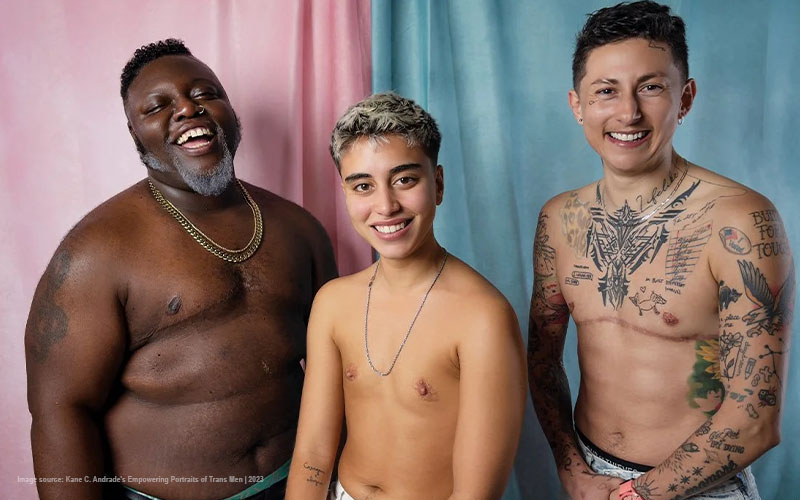
It is essential to respect trans men and trans masculine people by being open to learning about the Trans culture and masculinity overall in gender expression. Embrace masculinity by embracing Trans men and transmasculine people as unique opportunities for embracing gender diversity.

 Basic Packers
Basic Packers Pack & Play
Pack & Play STP
STP